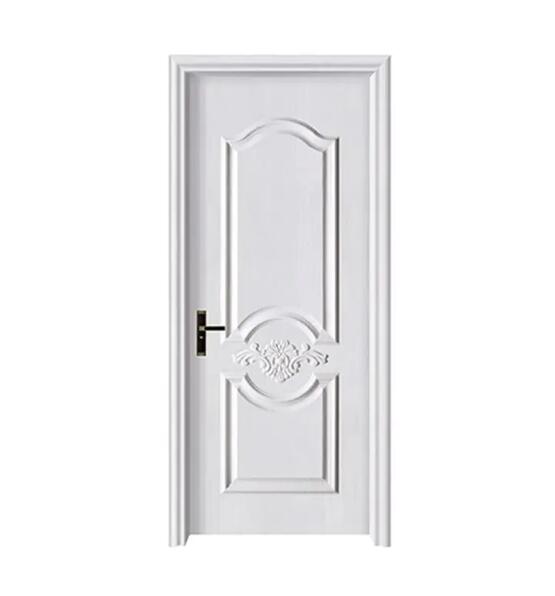News
Unveiling The Versatility Of Wpc Wood Doors In Modern Design
In the realm of contemporary architecture and interior design, the use of innovative materials has become a defining characteristic. WPC (Wood Plastic Composite) has emerged as a noteworthy player, particularly in the creation of WPC Wood Doors, offering a sustainable and aesthetically pleasing alternative to traditional wooden doors. This article explores the distinctive features and applications of WPC Wood Doors, shedding light on the advantages of incorporating WPC materials into door design.
The Evolution of WPC Material:
Wood Plastic Composite (WPC) material is a blend of wood fibers and polymer, often recycled, resulting in a material that combines the natural appearance of wood with the durability and versatility of plastic. The WPC Wood Door represents a paradigm shift in the door manufacturing industry, providing an eco-friendly option that addresses both aesthetic and functional requirements.
Aesthetic Appeal:
WPC Wood Doors boast a natural and warm appearance akin to traditional wooden doors, making them a visually appealing choice for various architectural styles. The material allows for intricate designs and textures, enabling architects and designers to explore diverse artistic possibilities. Whether it's a classic, rustic, or contemporary design, WPC Wood Doors seamlessly integrate into different interior and exterior settings.
Durability and Resilience:
One of the key advantages of WPC Wood Doors lies in their durability and resilience. Unlike traditional wooden doors, WPC doors are resistant to moisture, insects, and decay. This inherent resistance ensures a longer lifespan, making WPC Wood Doors an excellent choice for both interior and exterior applications. The material's ability to withstand environmental factors contributes to its suitability in diverse climatic conditions.
Environmental Sustainability:
WPC Material Door, being a composite of wood and recycled plastic, aligns with sustainability goals. The use of recycled materials reduces the demand on natural resources and less environmental impact. WPC Wood Doors, therefore, present an eco-friendly option for those seeking sustainable solutions without compromising on aesthetics or functionality.
Versatility in Design and Customization:
WPC Wood Doors offer unparalleled versatility in design and customization. The material can be molded into various shapes, allowing for the creation of unique door designs that cater to individual preferences and architectural requirements. The adaptability of WPC material enables the production of doors with intricate patterns, textures, and even imitations of natural wood grains.
Maintenance Convenience:
In comparison to traditional wooden doors, WPC Wood Doors require less maintenance. The material is resistant to warping, cracking, and fading, reducing the need for frequent repairs or refinishing. This low-maintenance characteristic makes WPC Wood Doors a practical choice for busy homeowners and commercial spaces.
In conclusion, the evolution of WPC materials has significantly impacted the door manufacturing industry, with WPC Wood Doors emerging as a sustainable and versatile alternative to traditional wooden doors. The aesthetic appeal, durability, environmental sustainability, versatility in design, and ease of maintenance make WPC Wood Doors a compelling choice for modern architecture and design. As the industry continues to embrace innovative materials, WPC Wood Doors stand out as a practical and stylish solution that harmonizes with both design aspirations and ecological considerations.

 English
English عربى
عربى 中文简体
中文简体




